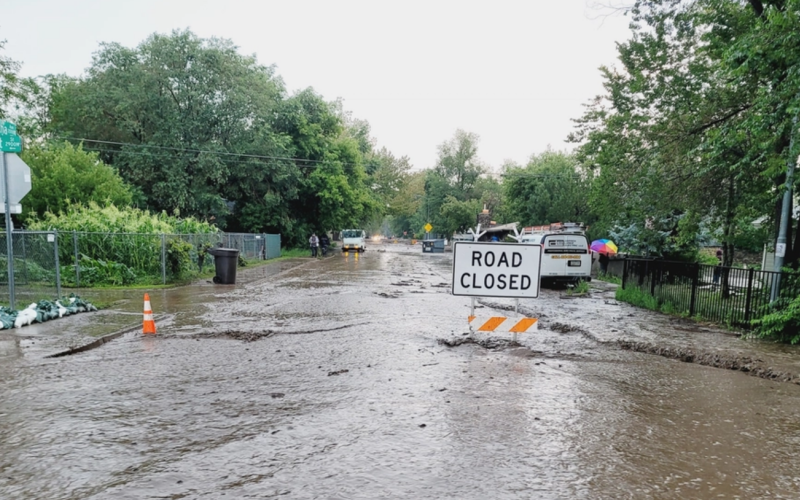UAlbany Experts Featured in National Media Coverage on Hurricane Helene

By Mike Nolan
ALBANY, N.Y. (Oct. 2, 2024)—More than 130 people have died across six states since Hurricane Helene, which made landfall in Florida as a Category 4 storm, tore through the Southeast U.S. and left millions stranded without water, power or cell service.
President Biden has approved major disaster declarations for areas of Florida, Georgia, North Carolina and South Carolina, allowing disaster survivors to begin their recovery process by applying for federal assistance through FEMA.
As people look for insight on this historic storm, national media outlets are turning to the University at Albany’s expertise in extreme weather, emergency preparedness and response.
Brian Tang, an associate professor in the Department of Atmospheric and Environmental Sciences at the College of Arts and Sciences, spoke with the Boston Globe and Newsweek about the intensity of Helene.
Tang is currently leading a $2.15 million Office of Naval Research project to help forecasters better understand and predict the rapid intensification of hurricanes. Helene strengthened to a Category 4 storm just hours before it made landfall.
“As we concentrate on the coastline, this storm will dump tremendous amounts of rain over southern Appalachia,” Tang told the Boston Globe, ahead of the storm. “This rapid intensification trend is increasing, largely due to climate change.”
Samantha Penta, an associate professor at the College of Emergency Preparedness, Homeland Security and Cybersecurity, spoke with ABC News this week about how the medical supply chain could be at risk as health care facilities work to get back up and running following Helene’s devastation.
Penta’s research examines health and medical care in crises, decision-making in preparedness and response and disaster donations.
“We're not just talking about a couple of counties. We're not even just talking about one state. This has affected multiple states very significantly,” Penta said. “Effectively, the people who need help, their neighbors are also being affected. So, any given hospital, the closest hospitals to them, are likely dealing with the same issues.”
Kristen Corbosiero, an associate professor at the Department of Atmospheric and Environmental Sciences, shared her thoughts with the Associated Press about how Helene dumped 40 trillion gallons of rain on the Southeast.
Corbosiero studies hurricane formation, as well as structure and intensity change. Her research specifically focuses on the interaction between tropical cyclones and the environments in which they are embedded.
“The fact that these storms hit the mountains made everything worse, and not just because of runoff. The interaction between the mountains and the storm systems wrings more moisture out of the air,” Corbosiero said.
UAlbany experts are available to discuss Helene’s aftermath, including the emergency response and ongoing recovery efforts.




